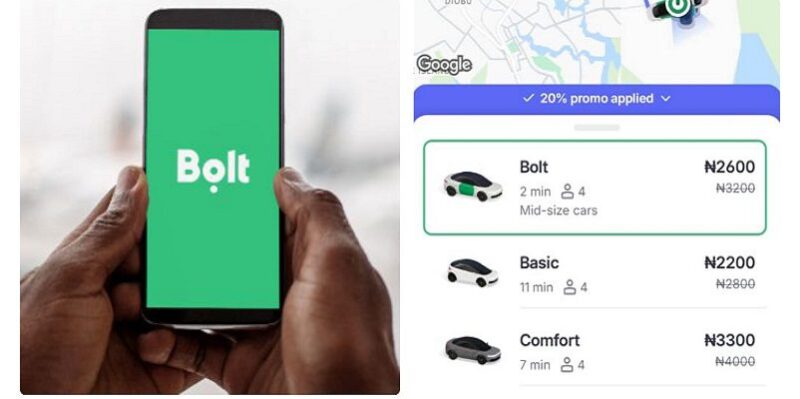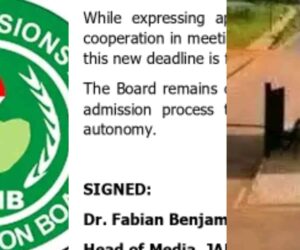As the battle for market share of the Nigerian e-hailing space intensifies, Bolt appears to be borrowing a page out of the inDrive playbook and is now offering the same ride to several other drivers at the same time. According to a communication sent to drivers, the company said the introduction is aimed at reducing waiting time and helping the drivers earn more.
“To reduce wait times and help you earn more, we may send requests to several drivers. The first to accept gets the ride while it is removed from other drivers. Only accept rides you will complete, as cancellations affect your Driver Score. Don’t worry, passenger cancellations won’t impact it,” the company said.
See also: Bolt says top drivers earn N1.6 million monthly amid calls for improved welfare
The development was confirmed to Technext by Bolt Nigeria General Manager, Osi Oguah. According to the GM, the method was introduced to enhance the speed and reliability of ride-matching.
“Yes, Bolt has introduced a new dispatch method that allows a ride request to be sent to multiple nearby drivers at once, a feature we refer to as ‘blast dispatch.’ This change was introduced to improve the speed and reliability of ride matching. Blast Dispatch helps riders get matched with drivers faster, especially in busy areas, by expanding the search if the first driver doesn’t accept,” Osi Oguah said.

This model, often dubbed the ‘fastest finger’ model by the drivers, was introduced into e-hailing by inDrive, along with its open bargaining model for determining the price of trips. While Bolt has since adopted a variation of bargaining through price increment, it is now adopting the other
Bolt to solve the waiting time problem
Bolt’s new blast dispatch method is the company’s latest effort to reduce waiting time. This is indeed a problem, especially on the platform, as sometimes, riders trying to book a ride would wait endlessly as the app tries matching rides to drivers one after the other. Riders are used to seeing messages like: Connecting to Driver one minute and then: Driver is Busy, looking for another driver two minutes later.
Sometimes, this sequence could happen up to five times before a driver is found or a rider is advised to accept an increased fare to increase their chance of landing a driver. However, with the same ride offered to several drivers in the vicinity at once, the likelihood of one accepting in good time becomes high.
“By reducing delays in assigning a driver, we’re able to enhance the overall rider experience, improve order completion rates, and ensure more efficient trip fulfilment for both drivers and passengers on Bolt,” the GM, Osi Oguah, said.
Drivers, however, worry that Bolt might be slowly adopting the inDrive playbook. inDrive, with its perceived lower fares, is arguably the most popular platform for riders. This is, however, not necessarily so with drivers who believe the company’s system is exploitative and designed to pit drivers against each other while offering ridiculous prices to their detriment.
“The only Play Indrive has is low price. Nothing more. A trip will appear 8,000 naira inDrive will reduce it to 6,00 naira. It must stop. They are ready to crash fares just to gain market share. Reason why Bolt and Uber are also slashing fares,” drivers narrating their plight during a boycott of the platform told Technext.


In the face of their complaints, the company defended its model, insisting it does not force drivers to accept low fares. A spokesperson also told Technext that, contrary to complaints, more drivers continue to troop to its platform, especially on days when boycotts are called.
“Our data does not reflect a decline in driver participation—on the contrary, we continue to see an increase in the number of drivers joining our platform. Recent claims suggesting otherwise do not align with our observations,” a spokesperson said.
After grabbing a huge chunk of the market share with its model without overwhelming market spend, this writer once wondered how long it would take before inDrive’s model would become the industry standard. Maybe not too long.
So far, there is no indication that Bolt’s introduction of ‘fastest fingers’ comes with price bargaining, which sets it apart. But one can’t help but wonder if this isn’t already the logical next step, seeing as it already has price bargaining on its system.







